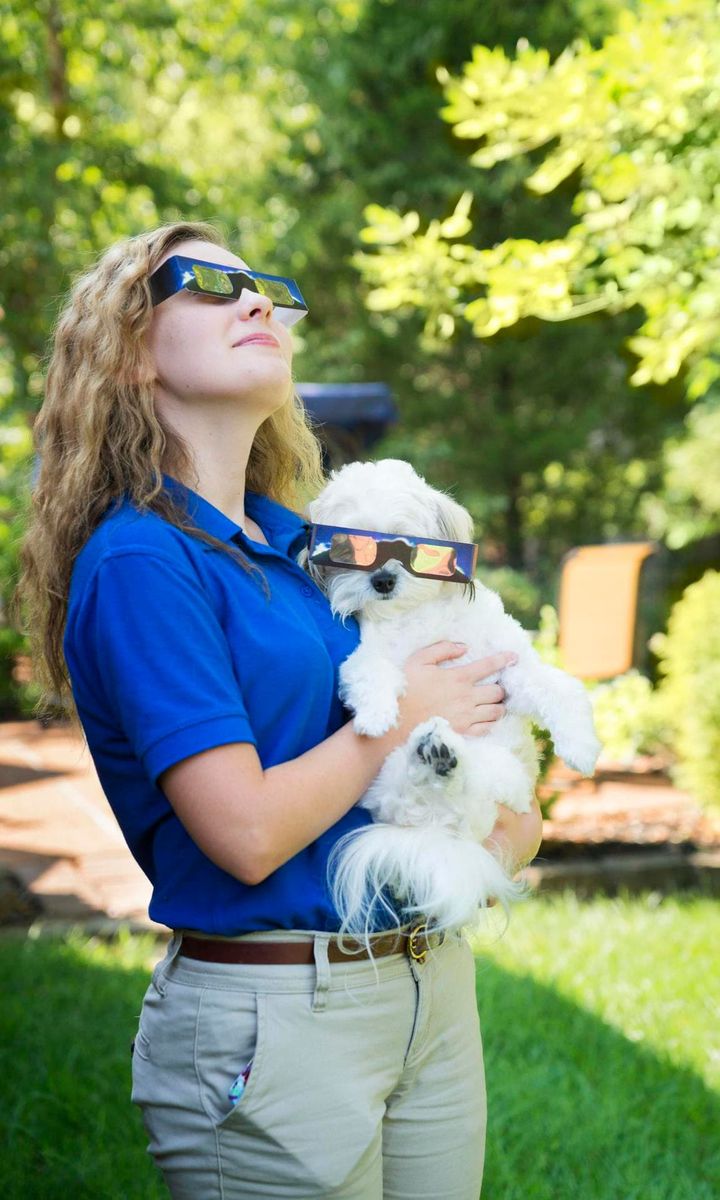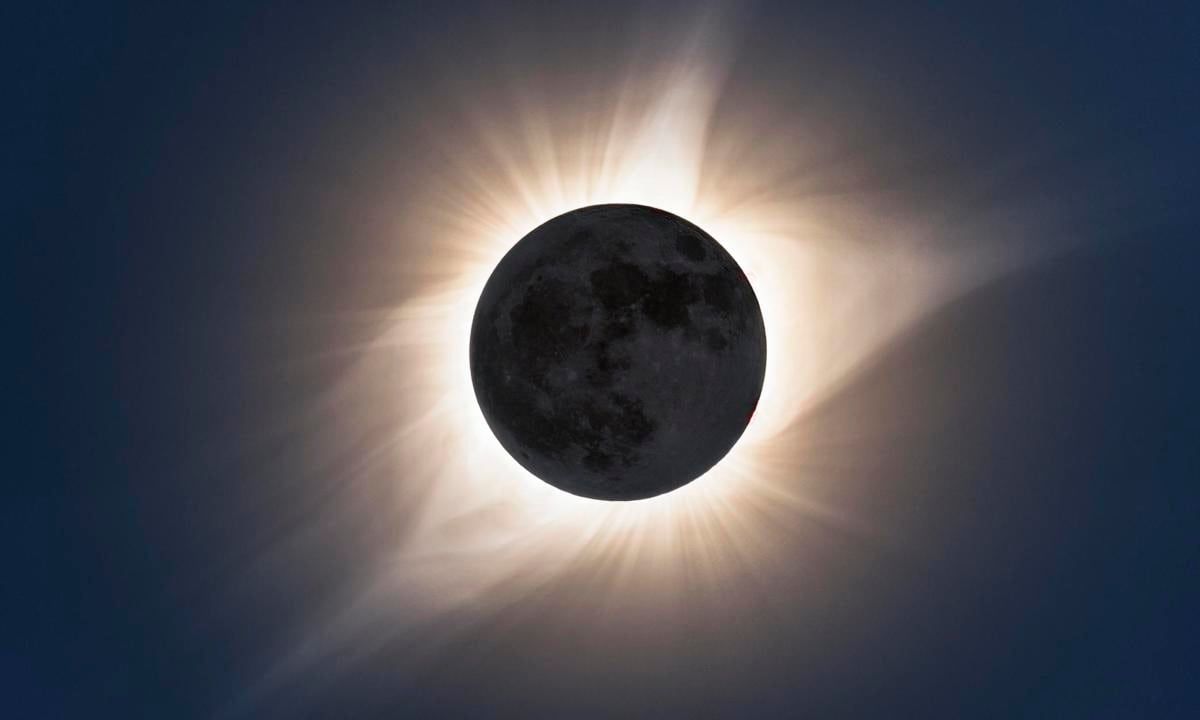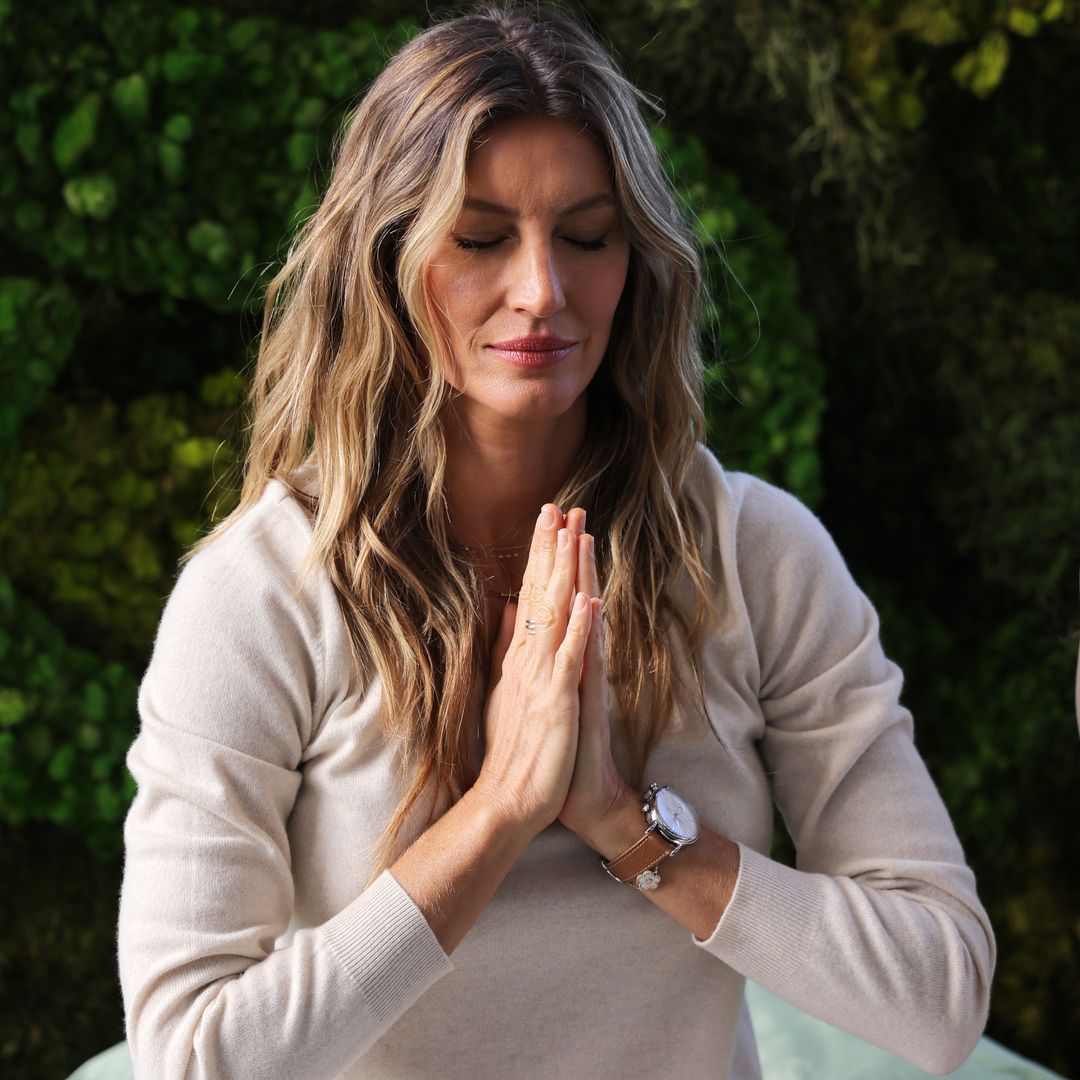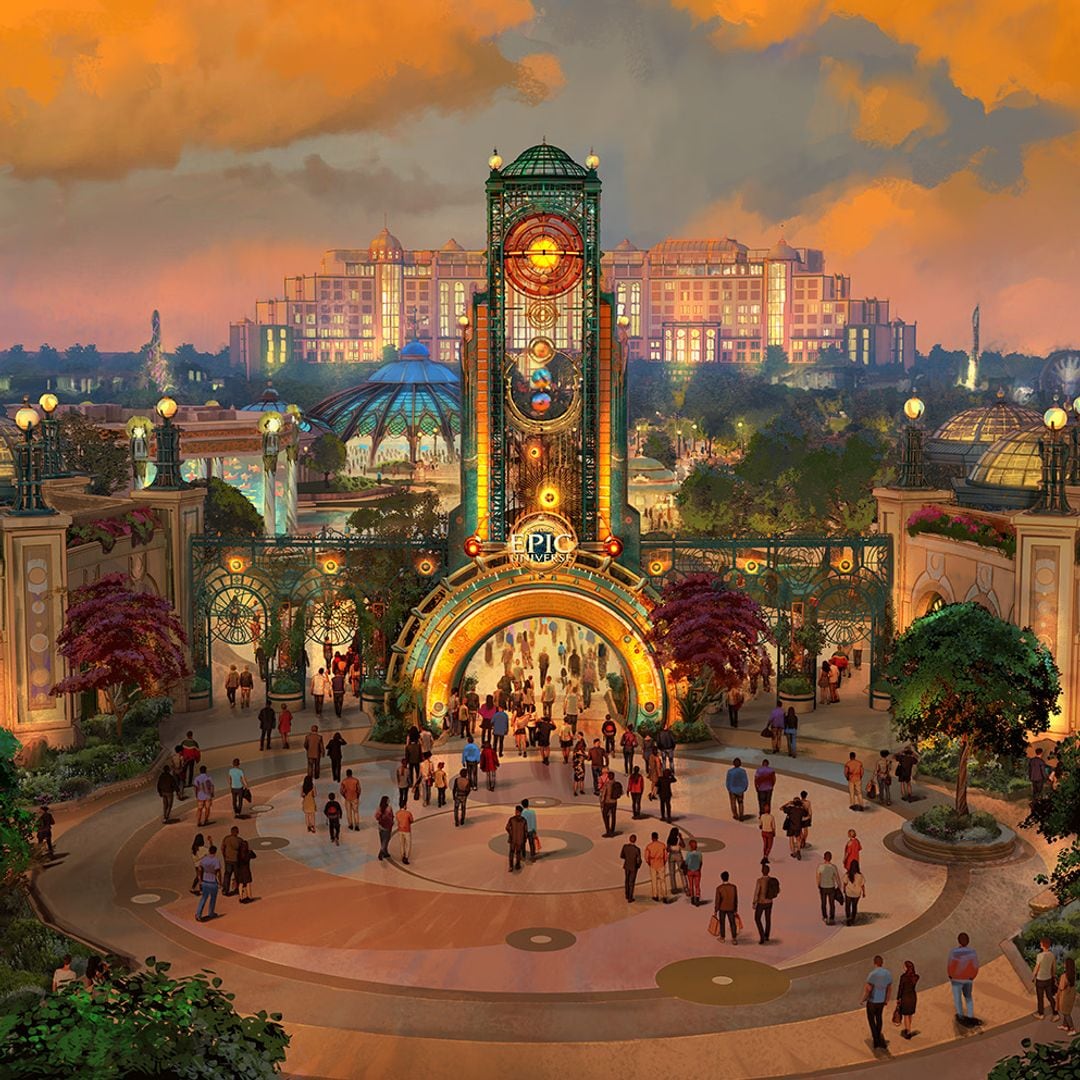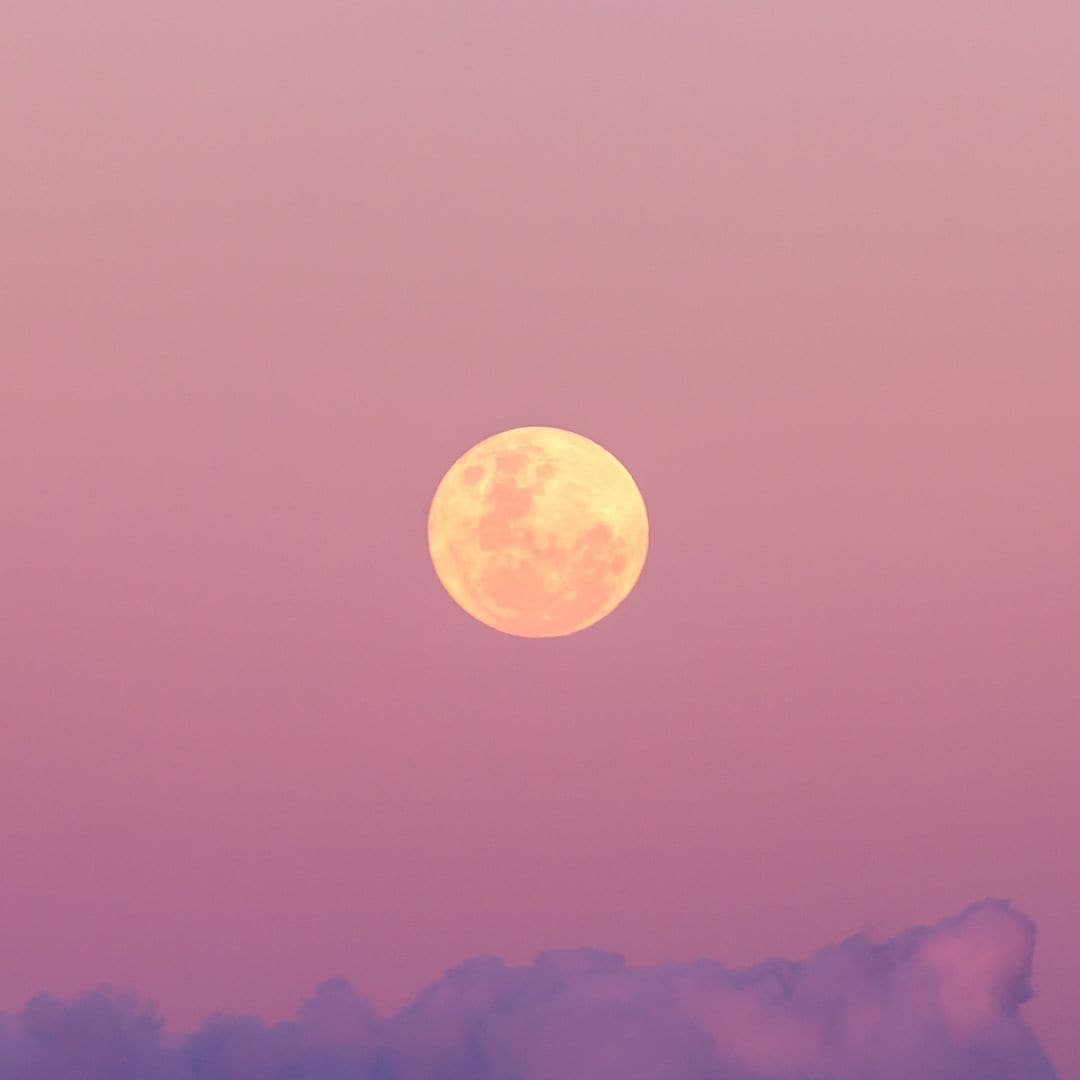Today, there will be a total solar eclipse. The moment is a unique one, resulting in the Sun, the Moon and the Earth lining up, prompting the sky to darken up as if it were dawn or dusk for a moment during the day. This is a phenomenon that’s not regular, with the last total eclipse occurring in 2017.
If you’re interested in viewing today’s eclipse, safety is incredebly important to keep in mind. Here’s what you should know:
Are eclipse glasses necessary?
Eclipse glasses are necessary for enjoying the full experience. According to NASA, viewing the eclipse without the appropriate eye wear will cause severe eye injury, so it’s very important to wear the glasses at almost all times when looking at it. The only point when you can remove the glasses is during the total phase of the eclipse, which occurs when the sun’s face is fully blocked by the moon. This moment only lasts a couple of minutes.
When purchasing glasses, be mindful of the brand and the specs, ensuring that the glasses meet the standard of ISO 12312-2.
Can I look at the eclipse through a camera?
If you’re thinking of using your camera as a protective filter for your way, it won’t work. Cameras, binoculars, and telescope need a special filter when viewing these phenomenon.
“Do not look at the Sun through an unfiltered camera, telescope, binoculars, or any other optical device while using your eclipse glasses or handheld solar viewer in front of your eyes — the concentrated solar rays could damage the filter and enter your eyes, causing serious injury,” explains the American Astronomical Society.
Make your own projector
If you don’t have glasses, you can make your own pinhole projector by using a piece of paper. Put a small pinhole in the paper, and face away from the sun, holding the paper out so the sunlight hits it. Watch the projection of the sun on the ground.

